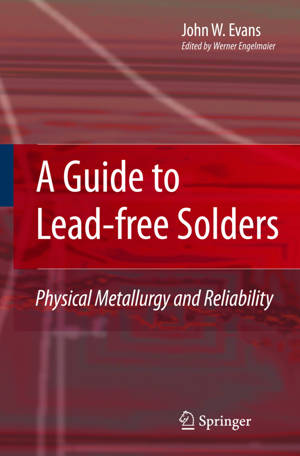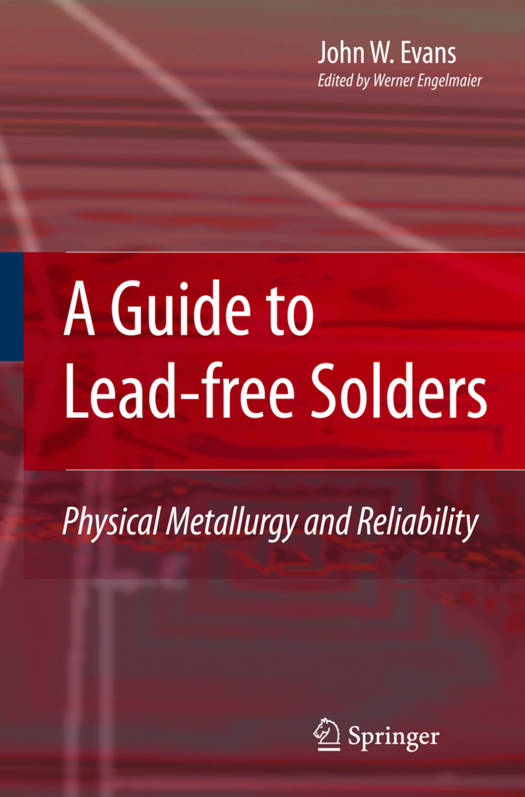
- Afhalen na 1 uur in een winkel met voorraad
- Gratis thuislevering in België vanaf € 30
- Ruim aanbod met 7 miljoen producten
- Afhalen na 1 uur in een winkel met voorraad
- Gratis thuislevering in België vanaf € 30
- Ruim aanbod met 7 miljoen producten
Zoeken
€ 167,95
+ 335 punten
Uitvoering
Omschrijving
The transition to lead-free solders seems to be a foregone conclusion with Japan and Europe leading the way. Indeed some key companies will move to lead free soon and the WEEE Directive 2002/96/EC on Waste Electrical and Electronic Equipment will require all companies doing business in the EU to transition to lead-free. Compliance with forthcoming lead-free regulations will ultimately fall to individual companies and the engineers responsible for design and prod- tion of electronic products and they must be prepared with adequate knowledge of the materials that are leading candidates and they must be prepared to fill the gaps in the data base for their own products. Research worldwide over the past 10 years has produced data and direction for choosing an alloy to substitute for near-eutectic SnPb alloys. This book will provide a valuable resource for engineers involved in the transition to products. Basic theory is presented on the physical metallurgy of soldering technology including elements of assembly, surface finishes and solder-paste technology, wetting and solidification, microstructural instability and intermetallic c- pounds and mechanical, creep and fatigue behavior. Techniques for measuring and testing are discussed and data on SnPb and various lead-free solders are presented and compared. If lead-free solder data are not available on the re- vant topic, information is presented on near-eutectic SnPb, so as to show where the gaps in knowledge need to be filled.
Specificaties
Betrokkenen
- Auteur(s):
- Uitgeverij:
Inhoud
- Aantal bladzijden:
- 206
- Taal:
- Engels
Eigenschappen
- Productcode (EAN):
- 9781846283093
- Verschijningsdatum:
- 12/12/2006
- Uitvoering:
- Hardcover
- Formaat:
- Genaaid
- Afmetingen:
- 163 mm x 239 mm
- Gewicht:
- 503 g

Alleen bij Standaard Boekhandel
+ 335 punten op je klantenkaart van Standaard Boekhandel
Beoordelingen
We publiceren alleen reviews die voldoen aan de voorwaarden voor reviews. Bekijk onze voorwaarden voor reviews.











